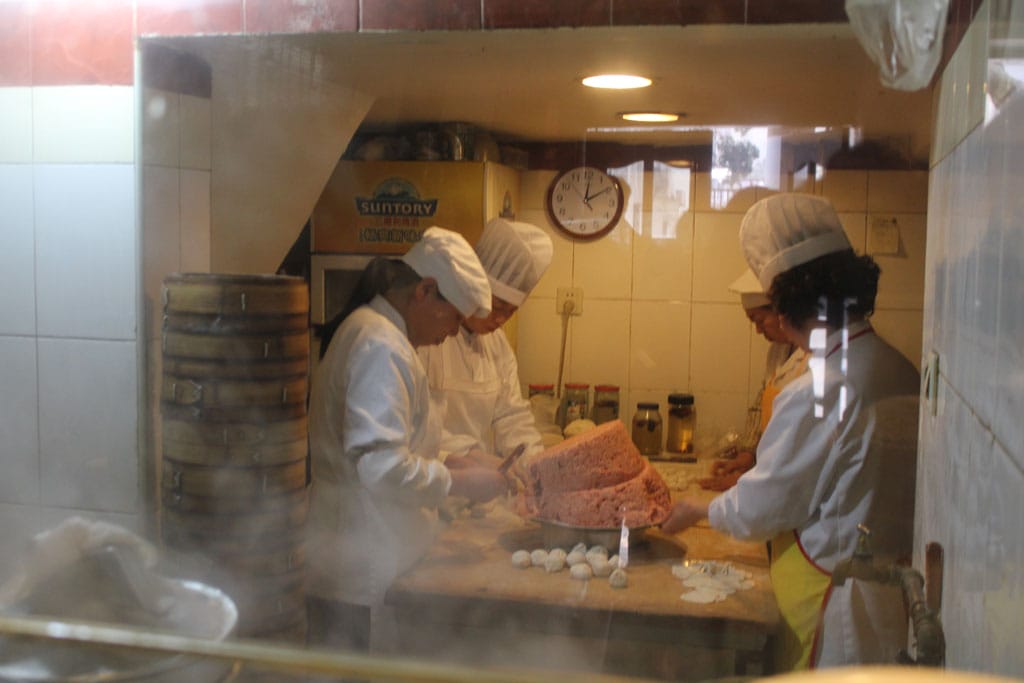Every year, for one month only, bakeries across Istanbul churn out round, flat, yeasty loaves of Ramazan pide bread. Before Muslims break their fast at sundown, they hurry to buy these addictively chewy pides, which are essential to the iftar meal here. Some bakeries rely on machines to shape the pide and stamp the traditional checkerboard pattern on top; others do it the old-fashioned way, by hand in wood-fired ovens.
Tophane Tarihi Taş Fırın is a third-generation, family-run bakery that is known for its simit, the sesame-crusted bagel sold on every corner in Istanbul. They also make excellent Ramazan pide in their 130-year-old wood oven. Two easygoing Eryılmaz brothers run the shop, while additional family members head up many other bakeries in the area. The pide-making process comes easily because they’ve been working in their dad’s bakery since they were 13 years old.
Upstairs, an usta (master) mixes the dough at 4:30 in the afternoon: one huge sack of Edirne flour, yeast, cold water and salt. After a short rise, the dough is divided into balls, then left to proof on sheet trays lined with whole-wheat flour. They pass the sheet pan through a slit in the floor to the ustas downstairs. In front of the hot oven, the usta casually glazes the proofed dough rounds with yogurt and egg yolks, then presses the edge of his palms in a crosshatch pattern to flatten the dough and finally sprinkles nigella seeds on top. The next usta eases the soft pide from a 10-foot-long wood paddle into the giant oven for seven to 10 minutes. The wood paddle is so long that they cut a hole in the front window for the end to stick out – unaware pedestrians might find themselves in a surprise jousting match. Another worker brushes the excess whole-wheat flour from the bottom of each pide before stacking them on a display table.
The first customer is the owner of Osmanlı Mutfağı restaurant in nearby Karaköy. He comes here every day during Ramadan to pick up a few bags of pide because “[his customers] prefer it to regular bread for iftar.” Next up is a woman who is particular about the topping – she’s after only eggs, not yogurt. A girl comes in but doesn’t have small change. She leaves with a hot pide and a promise to come back tomorrow with her coins.
This is truly a neighborhood bakery, where people come for traditional Ramazan pide, made dutifully to their standards by dedicated ustas. The brothers say they don’t make a profit on Ramazan pide, but rather do it “to be friends with the neighbors.”

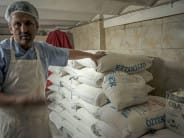
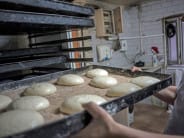
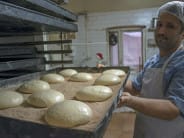
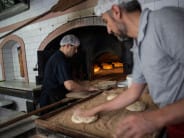
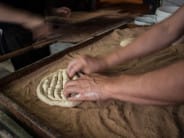

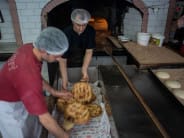

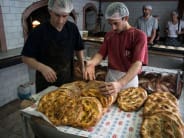


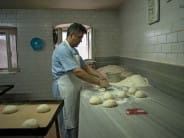
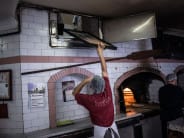

This review was originally published on July 21, 2014.
 September 21, 2018 La Perla BCN
September 21, 2018 La Perla BCN
“The future is the past,” says Salva Serra, quoting winemaker Pepe Raventós, the latest […] Posted in Barcelona April 30, 2015 Catalan Cheese, Part 2
April 30, 2015 Catalan Cheese, Part 2
Update: Poncelet Cheese Bar is sadly no longer open.
In the first part of our series […] Posted in Barcelona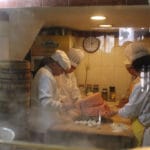 December 16, 2016 Fu Chun Xiao Long
December 16, 2016 Fu Chun Xiao Long
We’ve raved about the Shanghai-style soup dumplings at Fu Chun for years now, but let us […] Posted in Shanghai
Published on June 29, 2015
Related stories
September 21, 2018
Barcelona“The future is the past,” says Salva Serra, quoting winemaker Pepe Raventós, the latest in a long line of winemakers to run the famed Raventós i Blanc. While his lineage might not be quite as storied, Salva knows a thing or two about preserving the past – the Serra family has owned La Perla BCN, a…
April 30, 2015
BarcelonaUpdate: Poncelet Cheese Bar is sadly no longer open. In the first part of our series on Catalan cheeses, we wrote about very old traditions – going as far back as the Middle Ages and perhaps even further – including the practice of transhumance by shepherds in the Pyrenees. As cheese expert Eva Vila explained…
December 16, 2016
ShanghaiWe’ve raved about the Shanghai-style soup dumplings at Fu Chun for years now, but let us let you in on a secret: There’s more to this tiny hole-in-the-wall than its xiaolongbao. Since 1959, the restaurant has been serving up benbang dishes, but little has changed on the menu or in the kitchen. A Huaiyang snack…




























































